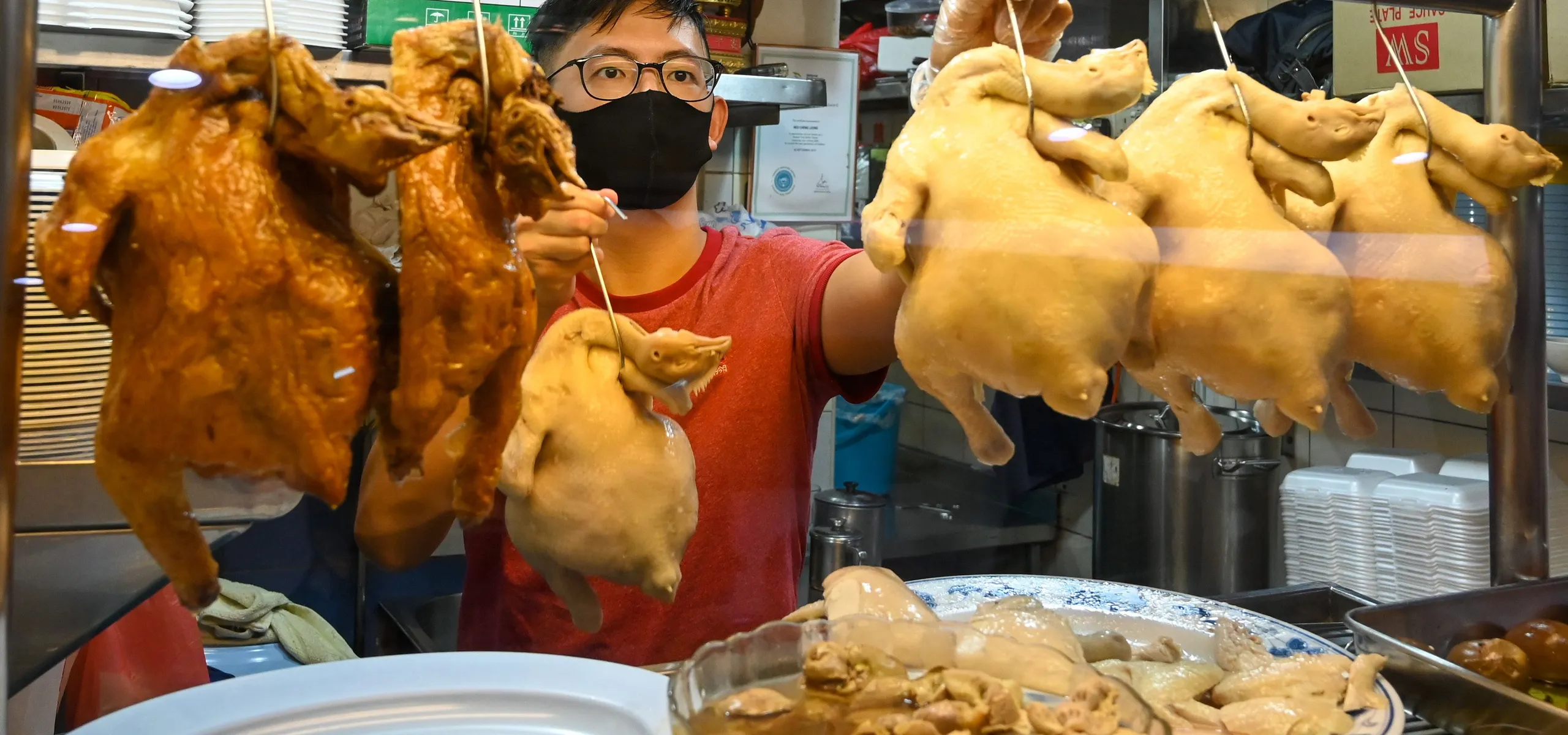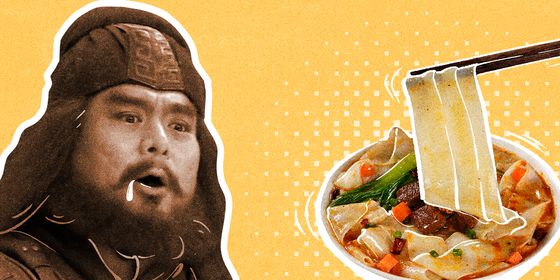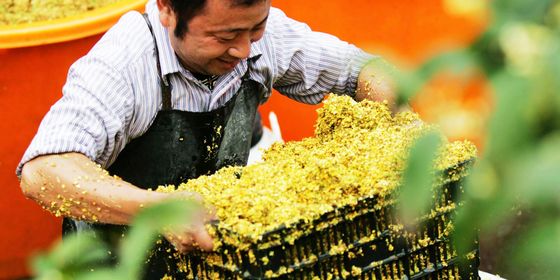From Lanzhou lamian to Hangzhou xiaolongbao: Pack your compass and your cutlery as we carve up Chinese foods with mistaken place of origin
What do France and the city of Lanzhou in China’s Gansu province have in common? They have both given their name to foods that don’t actually originate from there.
According to the most common explanation of their origin, French fries were actually Belgian, and misnamed by American soldiers who discovered them during World War I. Likewise, the dish known as Lanzhou lamian (hand-pulled noodles), which can be found across China in cheap eateries usually named after the food itself, is actually an export from Longhua county, Qinghai, a province adjacent to Gansu, whose migrants have opened around 30,000 Lanzhou Lamian restaurants in 271 cities around China, according to estimates from 2017.
While many cities, provinces, and regions take fierce pride in their specialty foods (often fighting neighboring regions for the right to claim certain products and histories as their own), there are many other dishes and snacks in China named after places with little to nothing to do with their origin. Foods may receive these misleading names for various reasons—to cash in on the name recognition of a more famous place, as in Lanzhou’s case, or just by accident of history. Next time your pedantic friend insists yet again that French fries are not actually French, fire back with your knowledge of these other foods:
Anhui Flat Beef Noodles
Banmian (板面)—a type of wide noodle so-called because the dough is stretched out on a wooden board to give it its flat shape—does exist in its purported birthplace. In Taihe county, administered by the city of Fuyang in Anhui province, there’s a type of banmian usually consumed with lamb in a broth that supposedly uses up to 20 different spices.
However, the “Anhui beef banmian” familiar to budget diners across China, usually served at no-frills restaurants bearing the same name, actually originates 600 kilometers north of Anhui in Hebei province. A quick search for the dish in the provincial capital, Shijiazhuang, turns up nearly 2,000 results on review app Dianping, making Anhui banmian perhaps second only to Lanzhou noodles as the most successful food outside its place of origin. The Hebei version of the noodles replaces the lamb with beef, allegedly to save on costs, and became popular among the migrant workers who came from all over the country to work in Shijiazhuang.













